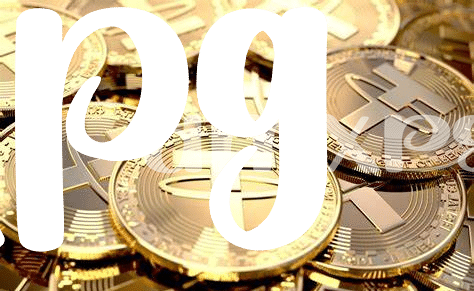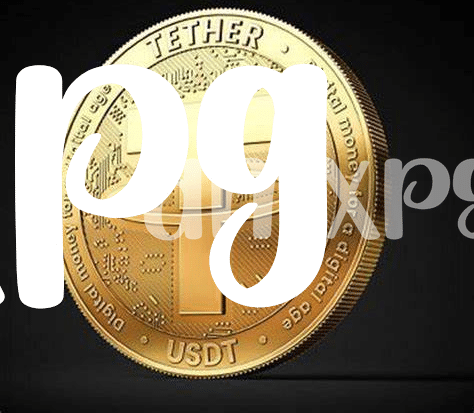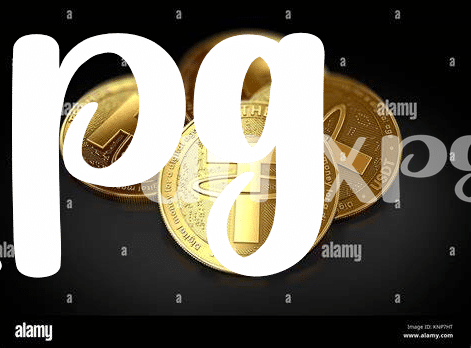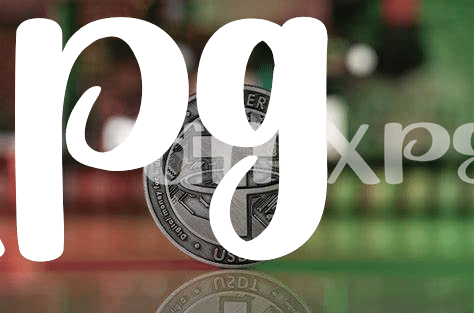What Is Usdt? an Introductory Snapshot 🌟

Imagine a digital coin that you can use on the internet, which is as valuable as the dollar in your wallet. That’s what USDT, or as many know it, Tether, brings to the table. It’s a type of digital money, similar to the cash you use to buy a coffee, but living in the online world. This special coin has a trick up its sleeve; it promises to always be worth exactly one US dollar. So, whether you’re saving some for later or buying something online, it aims to keep its value steady, making it a handy tool in the fast-paced digital marketplace.
USDT operates on a simple yet powerful idea: for each USDT out there, there’s an actual US dollar tucked safely in a bank. It’s like having a piggy bank for each digital coin, ensuring that if you ever want to swap your USDT back to regular dollars, you can do so without a hitch. This one-to-one approach helps everyone trust that their digital coins will always have a stable value, making USDT a bridge between the traditional money system and the exciting world of online transactions.
| Feature | Description |
|---|---|
| Value Stability | USDT aims to maintain a constant 1:1 value ratio with the US dollar. |
| Digital Nature | Operates entirely online, facilitating easy digital transactions. |
| Fiat Currency Backing | Each USDT is backed by an actual US dollar, stored in a bank. |
| Use Cases | Can be used for saving, spending online, or as a stable investment. |
The Magic of Fiat Currency Backing ✨
Picture holding a dollar coin in your hand. Now, imagine there’s a digital version of this coin online, and it’s called USDT. Like a magical mirror, USDT reflects the value of the real dollar in your hand, because behind every digital coin, there’s an actual dollar or a similar value parked in a bank. This is the wonder of fiat currency backing. Just like a magician uses tricks to amaze us, USDT uses real-world money to keep its value steady. But instead of pulling rabbits out of hats, it’s about keeping digital and real dollars singing the same tune.
This brings us to an enchanting dance of money, where the amount of USDT in the digital world tries to match the amount of real dollars locked away. Imagine a room where for every dance move USDT makes, the real dollar mirrors it. This is possible because there’s a big stash of money that acts like a dance floor, allowing USDT to glide smoothly alongside its physical counterpart. It’s a bit like having a safety net that ensures no matter how high you jump (or in finance speak, no matter how the market swings), there’s something solid to catch you. This ensures that when you want to exchange your digital coin back to a real dollar, you can do so without losing your step or, more importantly, your money.
Trading in Harmony: Demand and Supply Dynamics 🔄

In the world of USDT, its value staying close to that of the USD is like a carefully choreographed dance, powered by the push and pull of market forces. Imagine a seesaw where on one side you have demand, or how many people want USDT, and on the other, supply, or how much USDT is available. When lots of people want it, the price might try to climb higher, and when there’s too much available, the price might dip. But here’s where it gets interesting: the market acts like a crowd of people who step in to balance the seesaw whenever it tilts too much. If USDT’s price starts to drift away from the USD, traders jump into action, buying or selling USDT to smooth out the bumps and bring its price back in line with the USD. This dance 🔄 isn’t left just to chance; it’s the result of many people making moves based on their own interests, which, quite magically, keeps USDT’s value steady and reliable, almost like it’s tethered invisibly to the USD. 🎭✨
The Role of Reserve Assets in Stability 🏦

Imagine a juggler, keeping balls in the air, ensuring each is tossed and caught at just the right time to maintain harmony and flow. This is much like how USDT, a type of digital money that aims to stick close in value to the humble dollar, relies on reserve assets to keep its balance. These reserves are like a safety net, a collection of different things of value – think money in the bank, government bonds, or other reliable assets. They ensure that for every digital dollar out there, there’s something real and solid backing it up. This safety net helps to calm the nerves of anyone looking to use USDT, providing a reassurance that it’s not just a promise but is supported by actual valuable things. When people know their digital dollars are backed by real-world assets, they’re more likely to keep using them, maintaining demand. And it’s this demand that helps USDT keep its peg to the USD. This intriguing balancing act is a key piece in the puzzle, ensuring stability in a world where digital currencies fluctuate. For those interested in how these dynamics play into broader market trends, especially in relation to other cryptocurrencies, a deeper dive into metrics like the ethereum price usd could provide enlightening insights, broadening our understanding of digital currency valuation and stability mechanisms.
Arbitrage: the Invisible Hand Keeping Balance 👐
Imagine a seesaw in the park, perfectly balanced with a friend on each end. In the world of digital money, a similar balance is crucial, especially for currencies like USDT that aim to maintain a steady value. Here’s where a special trick called arbitrage comes into play. Arbitrage is like those friends on the seesaw who adjust their positions to keep the seesaw level. Traders around the globe act as these friends; they buy USDT when its price drops a little below the dollar and sell when it’s a bit above. This buying and selling frenzy is not random chaos but a dance of balance, ensuring USDT keeps its value close to the dollar.
| Arbitrage Action | Effect on USDT |
|---|---|
| Buying USDT when price < $1 | Increases USDT’s value |
| Selling USDT when price > $1 | Decreases USDT’s value |
This process isn’t just about profit for the traders; it’s a mechanism that adds stability to USDT. By taking advantage of these small price differences, traders are like invisible hands continuously nudging USDT back to its pegged value of one US dollar. This constant adjustment gives users and investors confidence in USDT’s reliability, making it a trusted player in the digital currency playground. 🔄✨🔍
Monitoring and Transparency: Trust but Verify 🔍

In the world of digital currencies, where trust is as valuable as the coins themselves, the monitoring and transparency systems play a crucial role. Imagine a scenario where every transaction and the financial health of the currency are open books. Here, companies behind tokens like USDT ensure that users can “trust but verify” by providing detailed reports on their reserves. These reports are like a health check-up for the currency, ensuring that for every digital dollar, there’s a real one sitting safely in a reserve. This open-door policy builds confidence among users, creating a strong foundation of trust. Additionally, third-party audits act as external validators, giving a thumbs up to the transparency efforts and ensuring that everything is as it should be.
On another note, for those interested in keeping an eye on other digital currencies, tracking the bitcoin live price usd offers a fascinating glimpse into the dynamic world of cryptocurrencies. This vigilance in monitoring and the commitment to transparency is not just about following rules; it’s about nurturing a culture of trust. Arbitrageurs, investors, and the general public rely on this openness to make informed decisions, fueling a healthy ecosystem where digital currencies can thrive. It’s a magical blend of technology and human effort working tirelessly to ensure that the digital reflection of a dollar remains steadfast, providing a sturdy bridge between the traditional and digital finance worlds.
